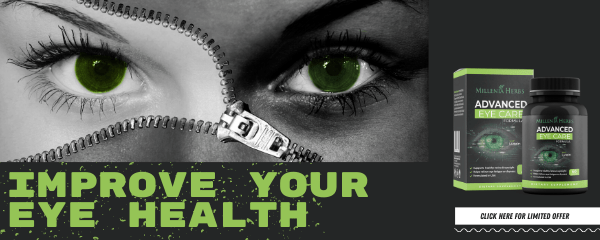Eye problems caused by computer use fall under the heading computer vision syndrome (CVS). It includes a whole range of eye strain and discomfort. Working adults aren’t the only ones affected. Kids who stare at tablets or use computers during the day at school can have issues, too, especially if the lighting and their posture are less than ideal.

How Do Computers Affect Vision?
When you work at a computer, your eyes have to focus and refocus all the time. They move back and forth as you read. You may have to look down at papers and then back up to type. Your eyes react to images constantly moving and changing, shifting focus, sending rapidly varying images to the brain. All these jobs require a lot of effort from your eye muscles. And to make things worse, unlike a book or piece of paper, the screen adds contrast, flicker, and glare. What’s more, it is proven that we blink far less frequently when using a computer, which causes the eyes to dry out and blur your vision periodically while working.
Computer work gets harder as you age and the natural lenses in your eyes becomes less flexible. Somewhere around age 40, your ability to focus on near and far objects will start to go away. Your eye doctor will call this condition presbyopia.
What Are the Symptoms?
- Blurred vision
- Double vision
- Dry, red eyes
- Eye irritation
- Headaches
- Neck or back pain
How Is It Treated?
Cut the glare. Change the lighting around you to reduce the effect on your computer screen. If light from a nearby window casts a glare, move your monitor and close the shades. Ask your employer to install a dimmer switch for the overhead fixtures if they’re too bright, or buy a desk lamp with a moveable shade that casts light evenly over your desk. You can also add a glare filter to your monitor.
Rearrange your desk. The best position for your monitor is slightly below eye level, about 20 to 28 inches away from your face. You shouldn’t have to stretch your neck or strain your eyes to see what’s on the screen. Put a stand next to your monitor and place any printed materials you’re working from on it. That way, you won’t have to look up at the screen and back down at the desk while you type.
Give your eyes a break. Follow the 20-20-20 rule. Look away from the screen every 20 minutes or so and look at something around 20 feet away for about 20 seconds. Blink often to keep your eyes moist. If they feel dry, try some eye drops.
Tweak your settings. You don’t have to live with the factory-installed presets if you’re uncomfortable. Adjust the brightness, contrast, and font size until you find what’s best for you.
Take supplements. There are supplements specifically for the eyes, which helps to protect and improve eye health.


